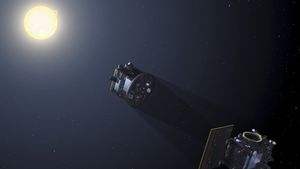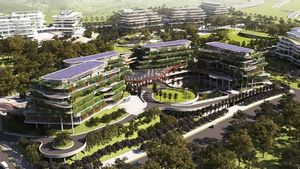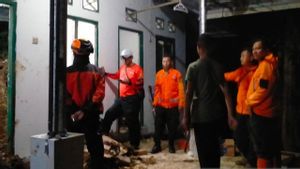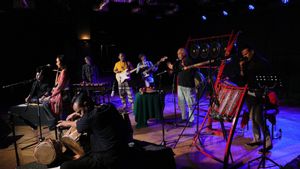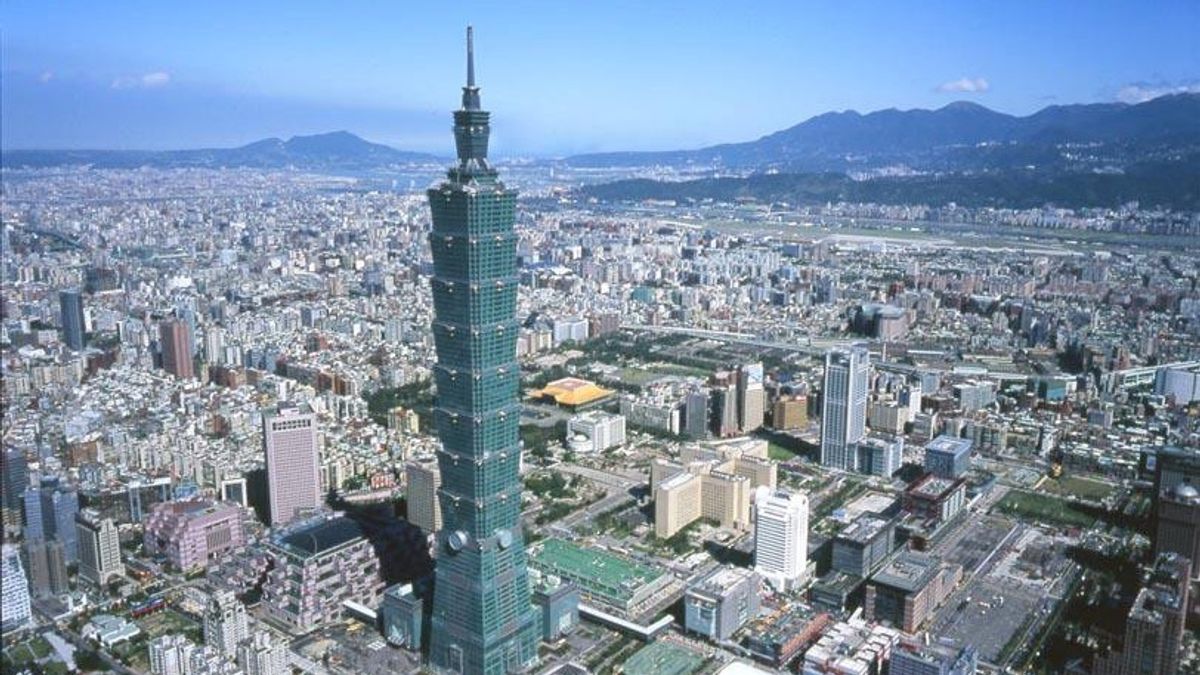
JAKARTA On Wednesday, April 3, Taiwan was hit by the strongest earthquake in the last 25 years that killed at least nine people, collapsed dozens of buildings, and even triggered a tsunami warning.
But in the midst of chaos, stunning footage shows the island's tallest building a 101-dollar Taipei worth US$1.8 billion (Rp28.5 trillion) actually swinging gently like a piece of wood blown by the wind.
The 1,671-foot building (509 meters) is equipped with a sophisticated solution that reduces the overall swing of the building by 40 percent during the earthquake and wind.
A gold ball weighing 660 tons called a 'tuned mass damper' hanging inside the building from the 92nd floor. When the building moves in one direction, the steel ball sways in the opposite direction and maintains the overall balance of the building.
If the wind or earthquake power pushes the tower to the right, the ball will give a balanced force and immediately go to the left, canceling the initial movement. So even if the tower swings, nothing falls.
This is referred to as a 'passive damping system' which means operating without any power or external control only gravity and movement of buildings. Meanwhile, a hydraulic piston under a giant sphere absorbs and discards energy as heat.
Dr. Agathoklis Giralis, a professor of structural dynamics at City, University of London, describes intelligent spherical devices as 'like a bandul'.
"This steel ball breaks on top of a damping device designed to damp the relative swing movement between structure and sphere, acting in a manner similar to the shock damping in the suspension of the car," Giarialis was quoted as saying by MailOnline's VOI.
Although it is strange to see a building swaying, modern skyscrapers are built to be flexible, especially in earthquake-prone zones like Taiwan.
"The materials they make elastic, which means that they stretch or shrink according to the changing burdens they work on," said Professor Antony Darby at the University of Bath's Department of Civil Architecture and Engineering.
SEE ALSO:
In Taiwan, Taipei 101 must be resistant to earthquakes and hurricanes. Every eight floors, the building is installed with 'outrigger trustless' steel support running from the core of the building to its outer columns to increase the stiffness of the tower, and to stop it from shaking and shaking during the earthquake.
In addition, a well-regulated mass damper is also installed, this is a device to transfer energy from the tower movement to the giant shock absorber. This 660-ton steel ball consists of steel plates that are combined on the steel hanger from the 92-story tower. This alay is connected to the frame of the building through eight shock absorbers containing liquid
The Taipei 101 construction began in 1999 and was completed on time for the 2004 New Year, when it was finally opened to the public.
The building is designed to resemble bamboo shoots rising upwards in eight parts looking like a series of square buckets stacked on one over the other.
Each floor is installed with 'outrigger trusts' of buffer steel that runs from the core of the building to its outer columns to increase the rigidity of the tower.
While other skyscrapers store well-regulated mass dampers, Taipei 101 is seen by visitors on the 88th to 92nd floors, making it something attractive to tourists.
Uninterrupted travelers have even recorded the ball movement during previous earthquakes, which often occur on the island.
Taiwan is one of the countries that is very vulnerable to earthquakes because it is close to where two tectonic plates meet - the Philippine Sea plate and the Eurasian plate.
Strong seismic activity can be detected along the boundaries of tectonic plates, where the plates bifurcate each other, causing earthquakes. However, Taiwan's earthquake preparedness is 'one of the most advanced in the world,' according to Stephen Gao, seismologist and professor at the University of Science and Technology Missouri. Taiwan is one of the countries that is very vulnerable to earthquakes as it is close to where two tectonic plates meet.
The English, Chinese, Japanese, Arabic, and French versions are automatically generated by the AI. So there may still be inaccuracies in translating, please always see Indonesian as our main language. (system supported by DigitalSiber.id)






